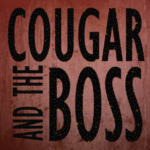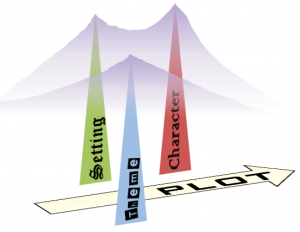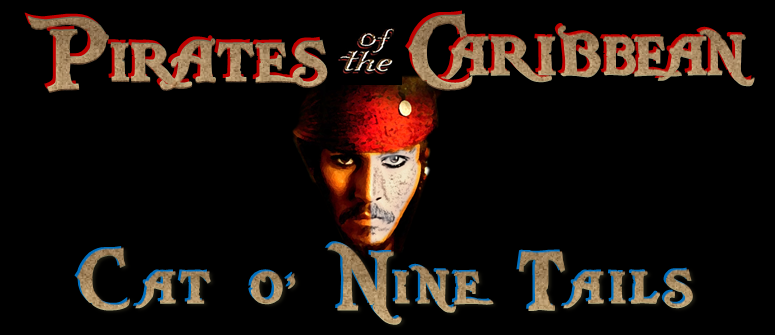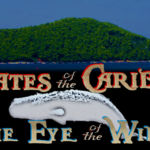
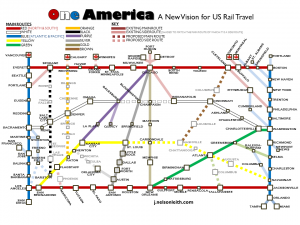 If you’re a regular reader, you might be familiar with my One America vision for US rail.
If you’re a regular reader, you might be familiar with my One America vision for US rail.
The best (and only) website founded by people who used to run a propaganda mill and a fake newspaper, upworthy.com, is promoting a very anemic and simplified improvement plan that seems more like a band-aid plan than visionary. Isn’t this supposed to be a progressive site?
The name of the plan? “United States High Speed Rail System.” It certainly is … ummm … accurate. I guess we could call it US HS RS for short.
The US HS RS plan uses my color-scheming idea (nice…) but fails to connect the entire country by threading new lines between population centers through the emptier parts of the country. Rail development precedes settlement, not the other way around, so connecting only the populated parts of the country is remarkably backward and ignorant of the history of rail.
On the other hand, US HS RS inexplicably ends the high-speed rail line from Boston in Quincy, Illinois, instead of extending it to Kansas City ; are they expecting a lot of Quincy-to-Quincy travel? Another high-speed line connects Juarez, Chihuahua, with Cheyenne, Wyoming. Really?
When you absolutely have to get from a moderately populated Mexican state to the least populated American state as quickly as possible!
By neglecting lines connecting hub cities through less developed towns (thus reminding the inhabitants of those hub cities of those towns, and making overnight-stay business a possibility) while weirdly ending lines in low-population destinations like Cheyenne and Quincy, US HS RS offers a worst-of-both-worlds scenario. It’s a recipe for failure.
Worst of all, the plan shuns Canada’s midsection while connecting to Tijuana, Juarez, and Monterrey in Mexico. Now, I’ve got nothing against Mexico, but you don’t have to work for the border patrol or the Drug Enforcement Agency to understand how problematic running commuter trains across our southern border would be. It would be nice to eventually have satellite stations one or two cities deep for our tropical neighbors, but lots of economic, legal, and security challenges would need to be overcome first.
I’ll stick with my plan.
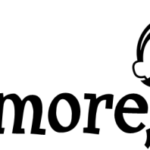



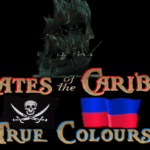
 You may have seen the first two episodes of this experiment in the bare bones of storytelling, The Eye of the Wind and Cat o’ Nine Tails. If not, you should check out the final version on their new page,
You may have seen the first two episodes of this experiment in the bare bones of storytelling, The Eye of the Wind and Cat o’ Nine Tails. If not, you should check out the final version on their new page, 

 On the eve of NaNoWriMo, the 50k novel-writing marathon, it might be a good time to talk word count.
On the eve of NaNoWriMo, the 50k novel-writing marathon, it might be a good time to talk word count.

